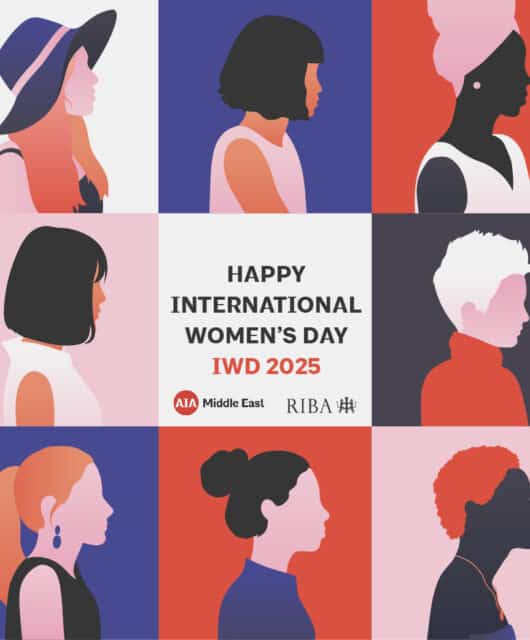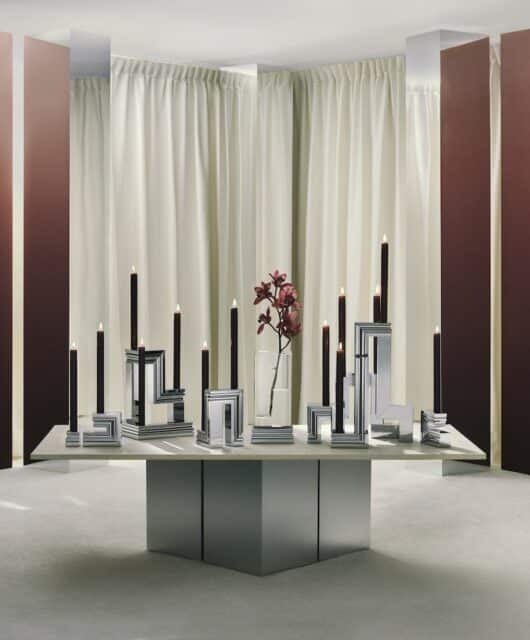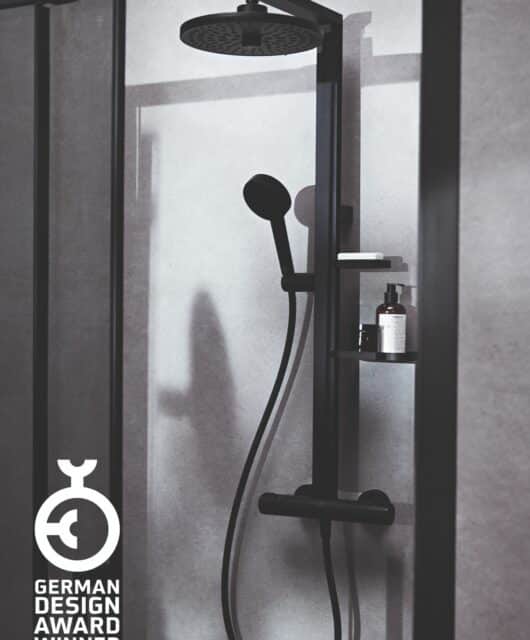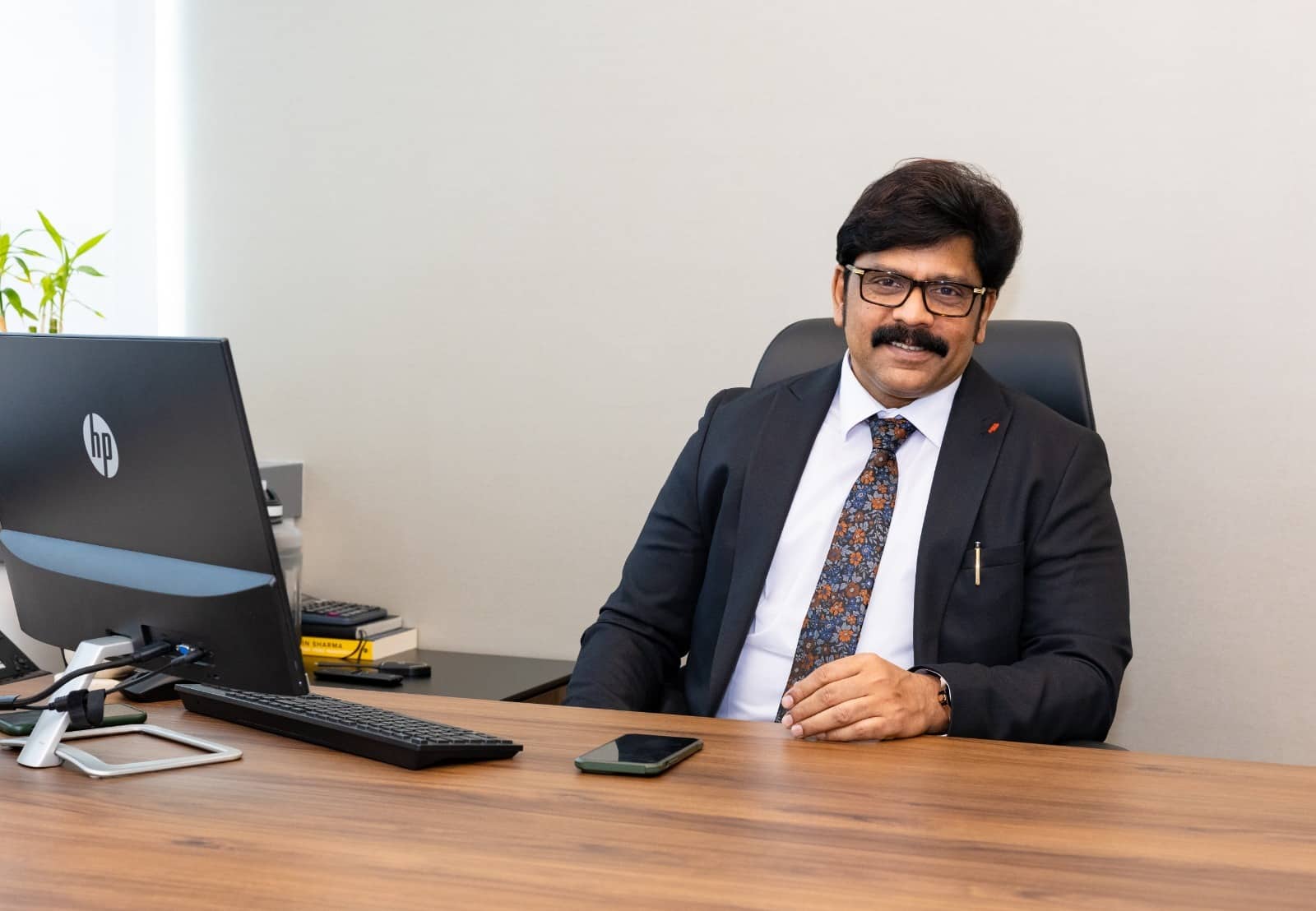Five inspiring workspace trends

Today, we are living in the Information Age- when technology has disrupted traditional ways of doing business. This fascinating, oft-cited example illustrates a digital economy best – Uber, the world’s largest taxi company owns no vehicles. Facebook, the most popular media owner, creates no content. Alibaba, the most valuable retailer, has no inventory. Airbnb, the largest accommodation provider, owns no real estate.
By Mustafa Khamash, founder and managing director, Kart Group
The sweeping transformations in business have also influenced workplace design. Here are five trends distilled from our research.
The shrinking office
Technology has shrunk the devices that are being used – we see young entrepreneurs conducting business through their mobile phone or tablet, instead of from behind a big desk. Floor plans have shrunk while mobile technology has ensured that people do not have to be tied to their desks. In the offices we design, we install different kinds of work areas for different styles of working – from quiet pods for deep work and breakout areas to meeting rooms and open offices.
Flatter hierarchies and the rise in collaborative work, seen especially in today’s digital companies, means that the days of the cubicle farm are most definitely over. Workspaces have more transparency today and we have seen it percolating into the corporate culture as well.
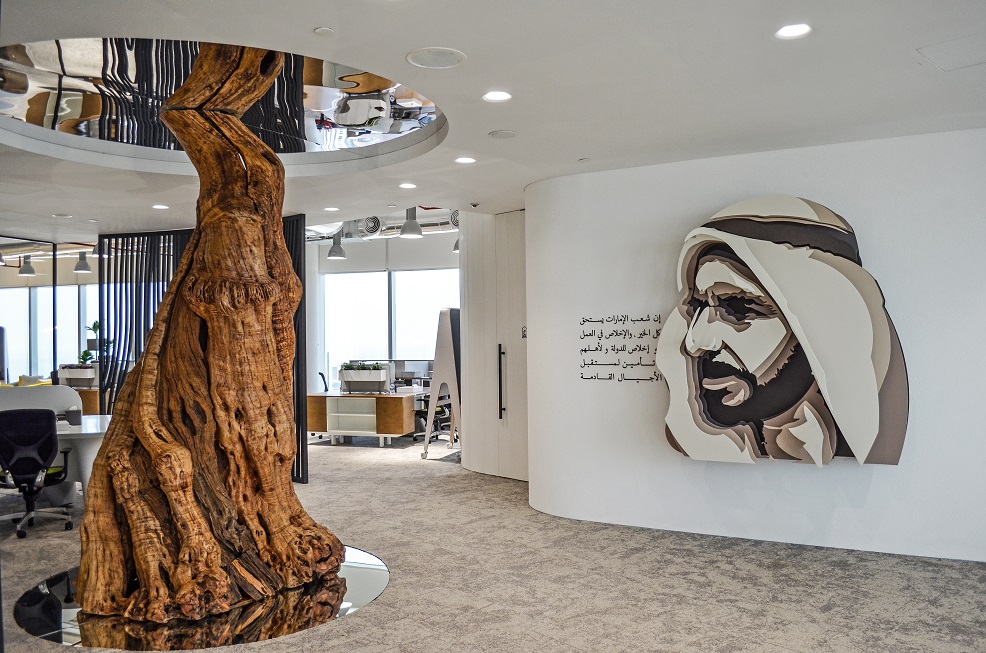
Artisanal approach
In an increasingly digitised world, we still crave a connection with what is authentic and timeless. That could take the form of handcrafted textiles, carefully curated interior accessories, and bespoke furniture. We have observed users increasingly gravitate to artisanal products made by hand, appreciating the labour and age-old techniques used to create them. In the offices we design, we seize opportunities to introduce these – be it in a beautiful painting or handcrafted reception desk.
Value for money
A softened economy naturally translates into budgetary cuts across the board. As designers, it is our duty to design for those budgets, without compromising functionality and aesthetics. With less money for frivolous expenses, I would go far as to say that it is an opportunity for purer, pared-back kind of design to emerge. Design budgets are being allocated to what adds value and cuts down operational costs over time.

Biophilic design
There is a well-established link between mental well-being and time spent in nature. When the weather makes it challenging to spend time outdoors, introducing plants into the workspace helps bring the same psychological benefits. In our award-winning design for the Ministry of Cabinet Affairs office, plants have been deployed in a number of ways – as effective acoustic screens in an open office environment, as decorative wall art and simply to usher in a feeling of lush serenity.
Changing lifestyles
To attract and retain the best talent companies are offering several facilities today that – from in-house gyms and gaming rooms to coffee bars and wellness facilities. As designers, it is now incumbent upon us to create inspirational, fun workplaces which promote health and well being among users. This has a direct effect on job satisfaction and engenders pride in employees as well.

